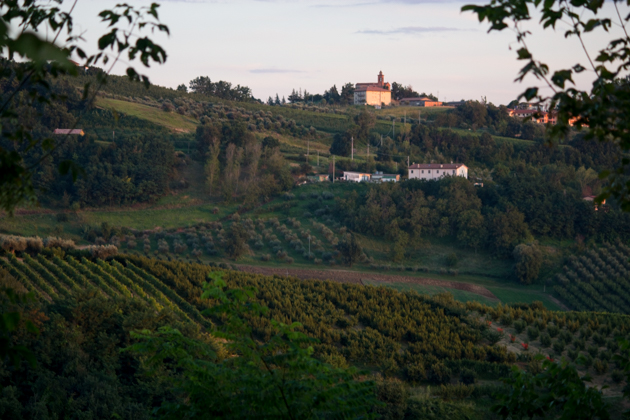
Hills of Romagna
We have officially left Emilia and entered Romagna. An obvious indication of this is the rudimentary signs for piadina places. These are informal countryside restaurants with large groups of family and friends sitting outdoors enjoying the local flatbreads, traditionally griddled on terracotta or hot plates and served with fresh cheeses, greens, herbed lard spread and salumi.
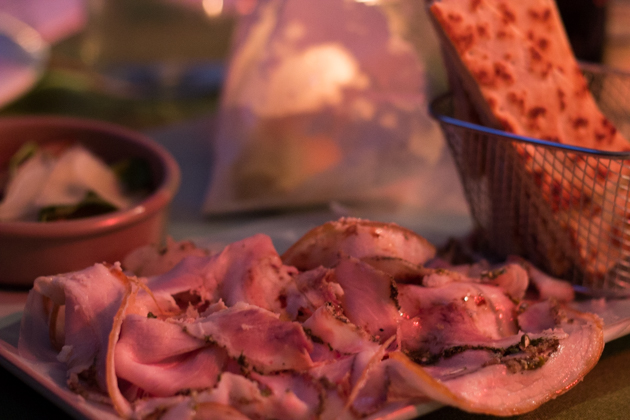
Local ham served with the piadine
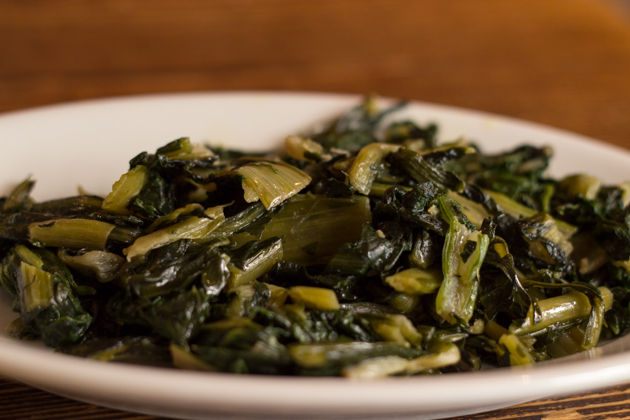
Sauteed greens served with piadine
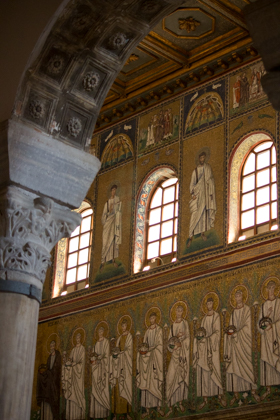
Basilica di San Vitale

Basilica di San Vitale
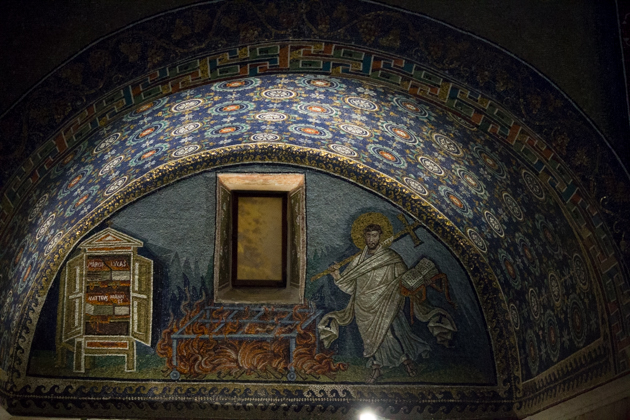
Mausoleo di Galla Placida
Just outside the centre of Ravenna is the stunning Basilica of Sant’Apollinare in Classe.
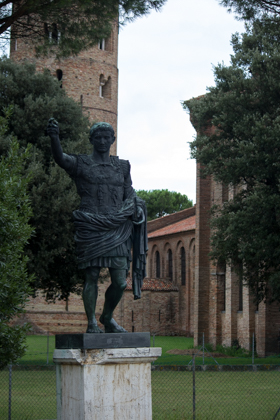
Basilica di Sant’Apollinare in Classe
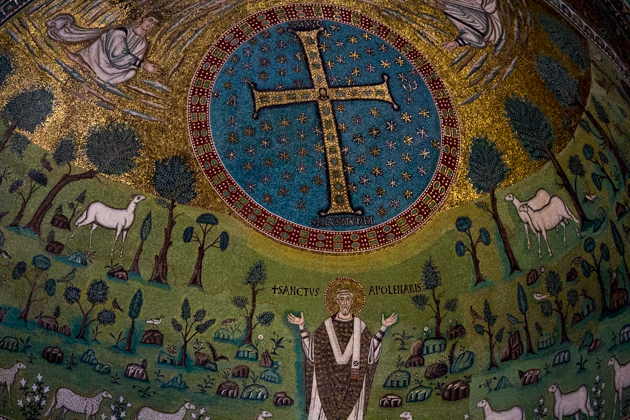
Basilica di Sant’Apollinare in Classe
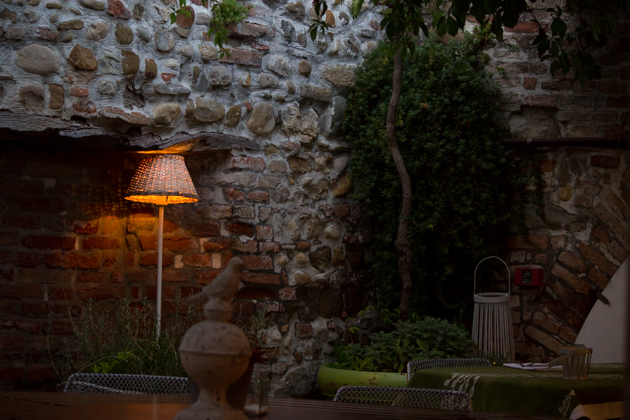
Inside the restaurant dei Cantoni
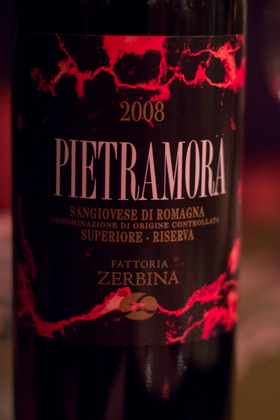
Pietramora, Sangiovese di Romagna 2008, Zerbina
As we get closer to the city states of San Marino and San Leo, fields of white wildflowers interrupt various shades of green and strange rock formations rise above it all, some with hilltop fortresses on them.
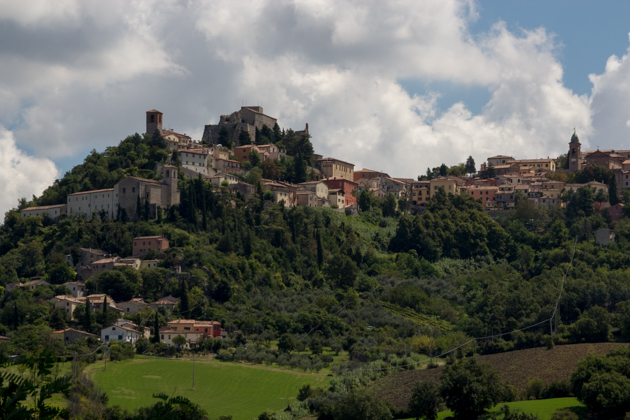
Hilltop towns in Romagna
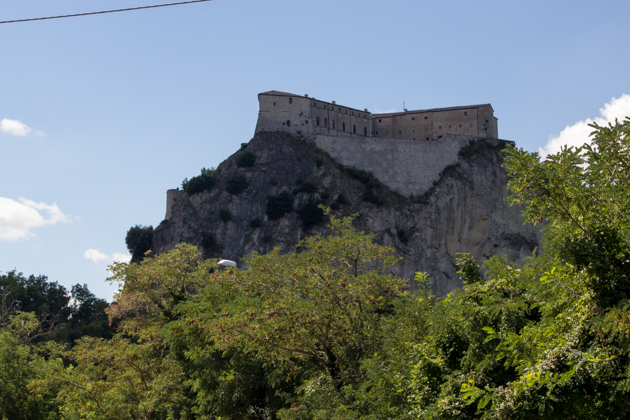
Hilltop towns in Romagna
To the southwest of San Marino is the small town of San Leo, which sits on a cliff face overlooking the Marecchia Valley. The palatial fort of San Leo was constructed by the Romans in a strategic location that was important throughout the various conflicts that took place through the centuries. The fort served as a prison in the 17th and 18th centuries. Today it houses a museum and an art gallery. Perhaps this illustrates the evolution of civilisation.
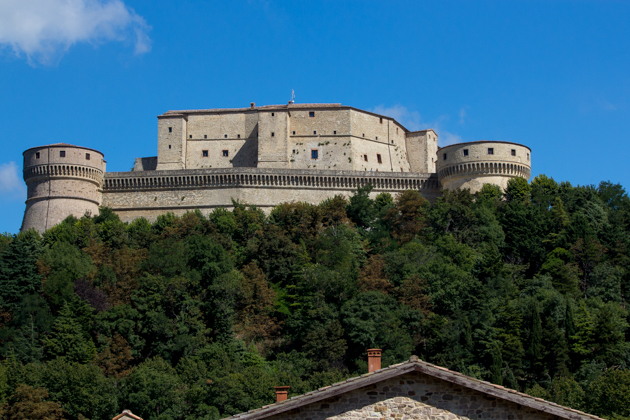
San Leo
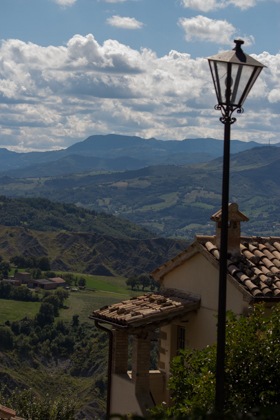
View over the Marecchia Valley
The town was named for Leo the Dalmatian, a stonemason who led his eremetic life here. The Paris Church of Pieve was founded in the place that Saint Leo knelt to pray. We bought some local pecorino cheese and sat watching old men play chess, children eat gelato and tourists pass by.

Local pecorino cheese
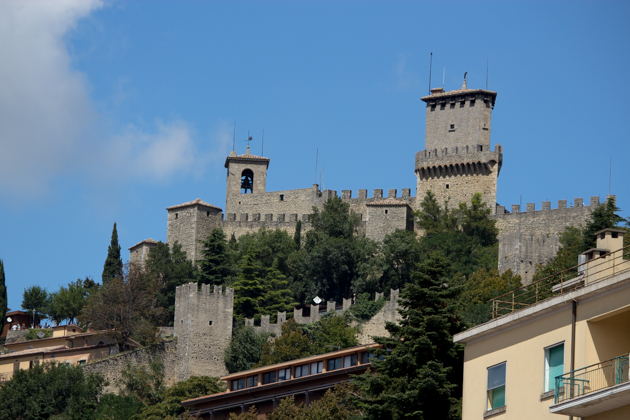
San Marino
Until you can make it to Romagna yourself, I’ll share my recipe for piadina. Just make up a batch, buy some freshly sliced salumi and soft spreadable cheese, sauté some greens and invite some friends over for a picnic.
Recipe:
Piadina (griddled flatbreads)
Piadine (the plural of piadina) can be enjoyed with various sauces, sautéed greens, tomatoes and/or a range of salumi and cheeses. The traditional sauce is a paste presented in this recipe made with lardo, rosemary and garlic. For illustrated step-by-step instructions, click here.
- 500 grams plain flour, preferably “00” flour
- 11 gms (1 tablespoon) baking powder
- 1 pinch fine salt
- 55 grams lardo, finely chopped
- 300 mls hot milk
- 2 pinches coarse sea salt
- 2 cloves of garlic, peeled
- 2 tablespoons rosemary leaves
- Any of the following fillings (optional):
- prosciutto, tomato, and mozzarella
- stracchino, raviggiolo, squacquarone, pecorino, or caprino(goat cheese) cheese and rocket
- salami such as lardo, pancetta or ciccioli (pork scratchings), can be paired with wine must syrup
- greens (radicchio, cabbage, or nettles fried with any combination of garlic, onion, shallots, pancetta, or lardo)
To make the paste:
- Place the remaining 25 grams of lardo, the pinch of coarse sea salt, the garlic clove and the rosemary leaves into a mortar.
- Pound the mixture to form a fine paste and set aside.
To make the dough:
- Mix the flour with the leavening agent and a pinch of fine salt.
- Stir in 30 grams of the lardo until well incorporated.
- Add in the hot milk and work the dough.
- Knead the dough until well incorporated and the dough is a bit springy, about 10 to 15 minutes.
- Break off pieces of dough to form balls about the size of a golf ball or walnut and place them in a dish.
- Wet a dish towel and place over top of the dish to keep the dough moist. Let the dough rest for 30 minutes.
- Roll the dough 1.5 mm thick to form 14 cm discs. You can either do this by rolling the dough with a rolling pin and turning continuously a quarter turn or if you want perfectly presented circles you can roll the entire dough out to 1.5 mm and invert a plate or a bowl and cut around it to form perfect circles. You can reform the scraps of left-over dough to roll again to 1.5 mm and repeat.
- Heat a cast iron skillet (preferable) or frying pan over medium heat and put the dough into the pan until the side touching the pan has coloured (about 2 minutes).
- When it has coloured, turn the bread over, brush thinly with the rosemary paste, and let cook for 1 minute and remove.
- Place the cooked piadine in a container, basket, or plate lined with a cloth and keep covered.
- Serve the hot piadine with an array of fillings above so guests can fill the however they like or prefill them and serve individually.
To Visit:
Ristorante dei Cantoni
Via Santa Maria, 19
47020 Longiano
Tel: +39 0547 665899
An excellent local restaurant with a beautiful view over surrounding hills. The inside courtyard is a tranquil place to dine on local salumi, stuffed pastas, gnocchi, tagliata (sliced steak with tomato sauce and cheese), grilled meats and homemade desserts.
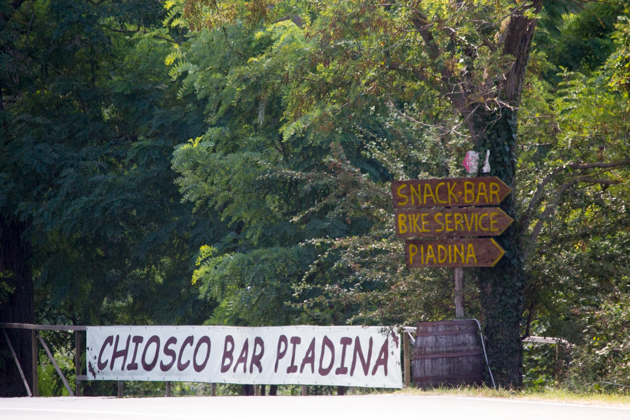
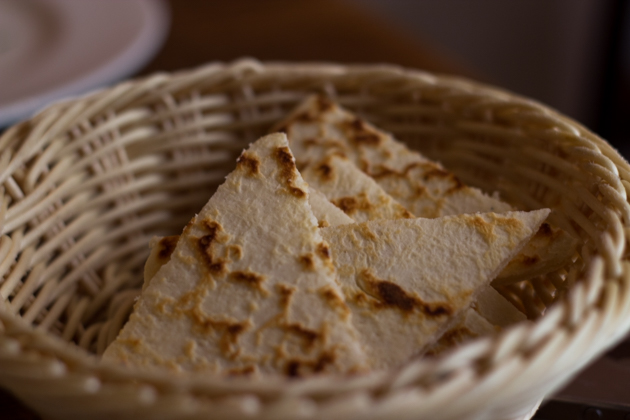
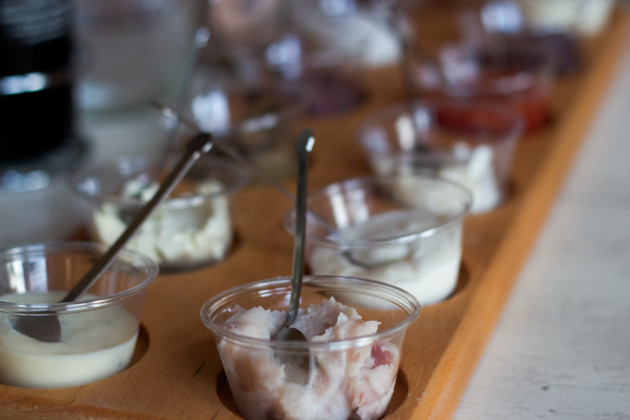
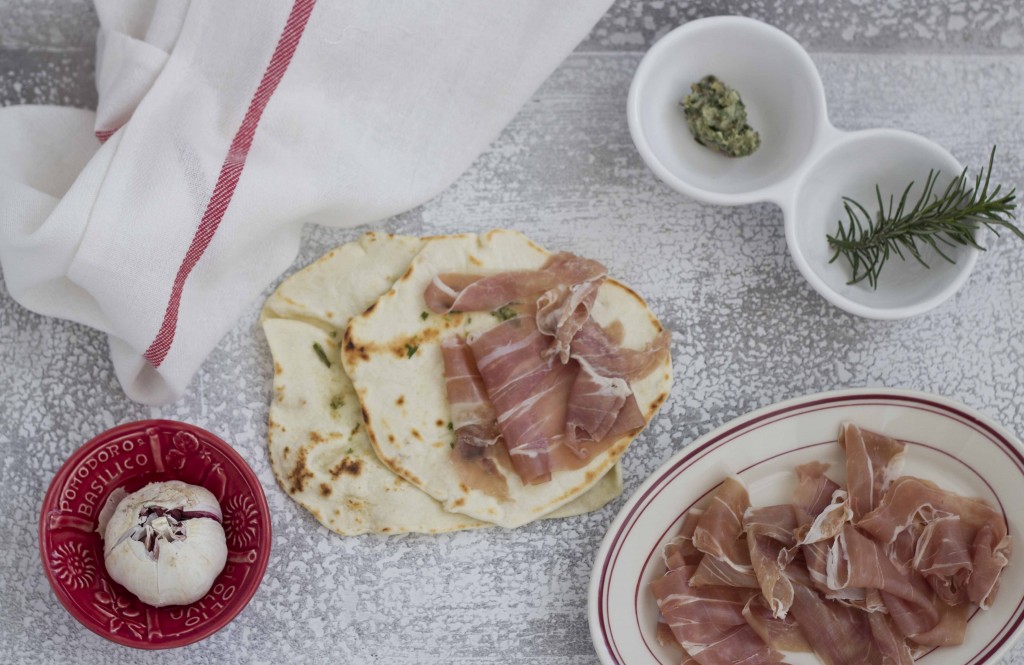
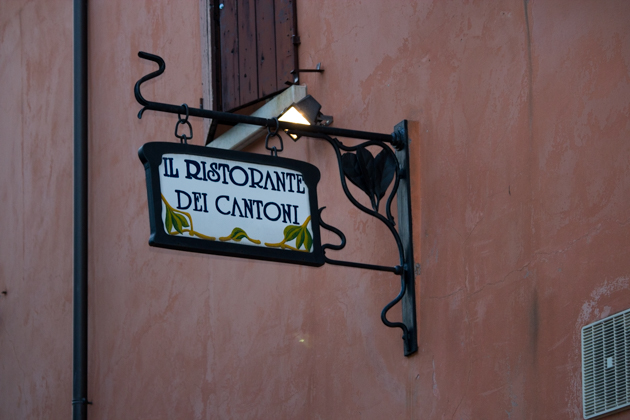
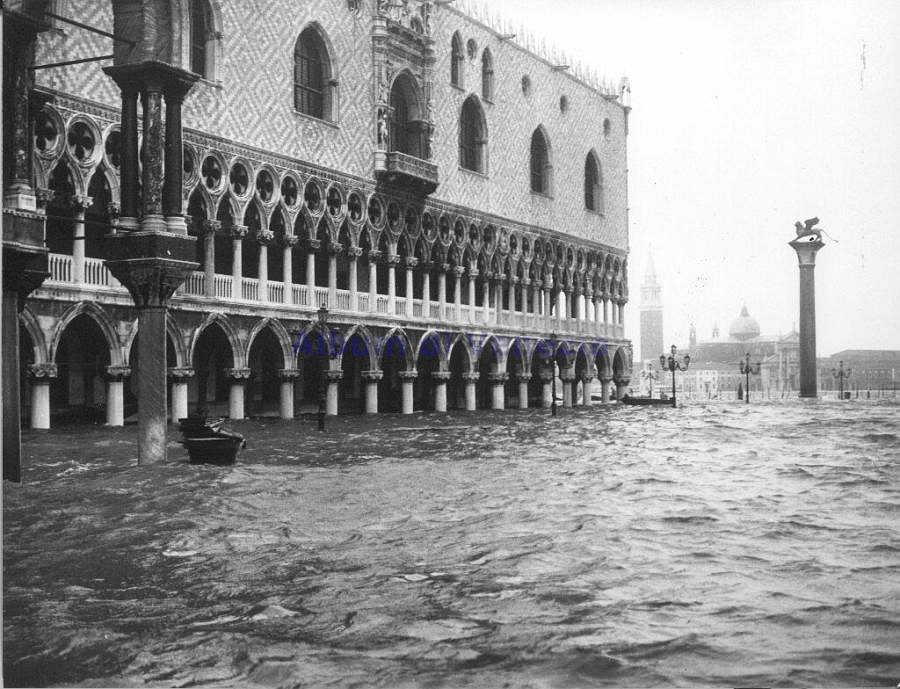
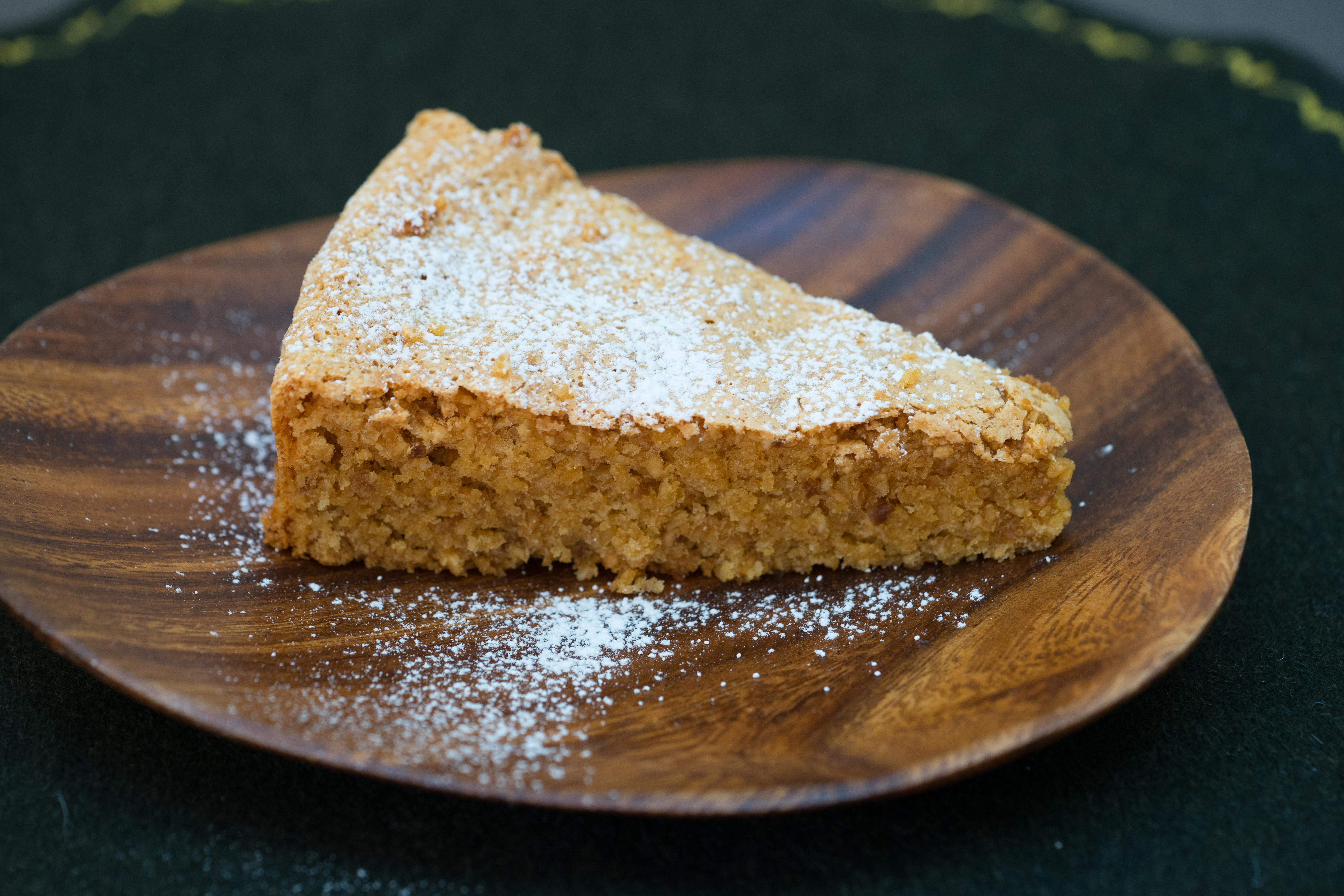
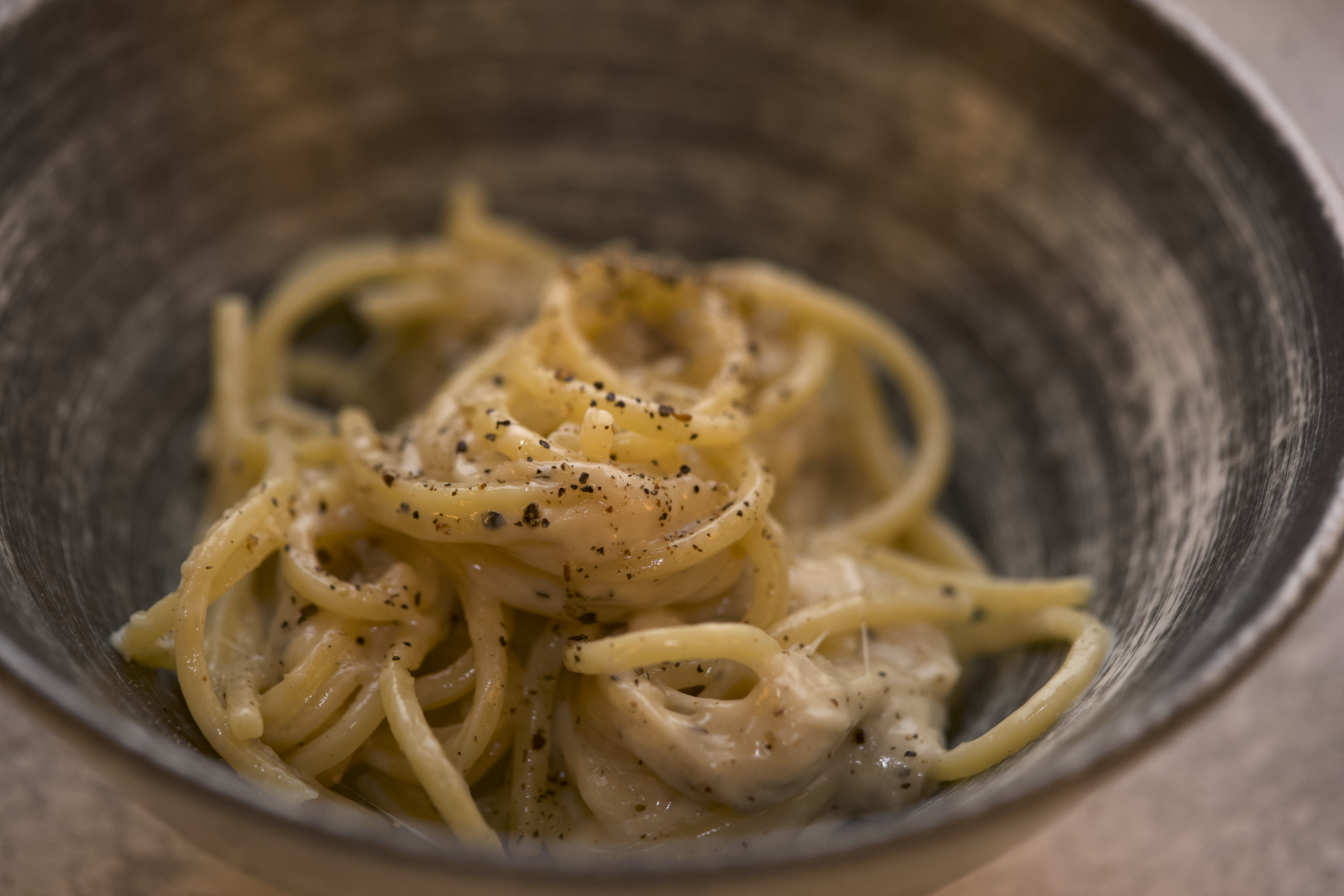
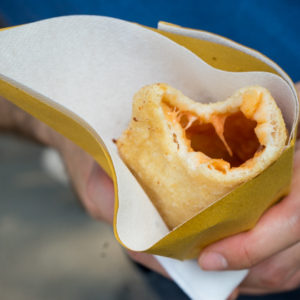
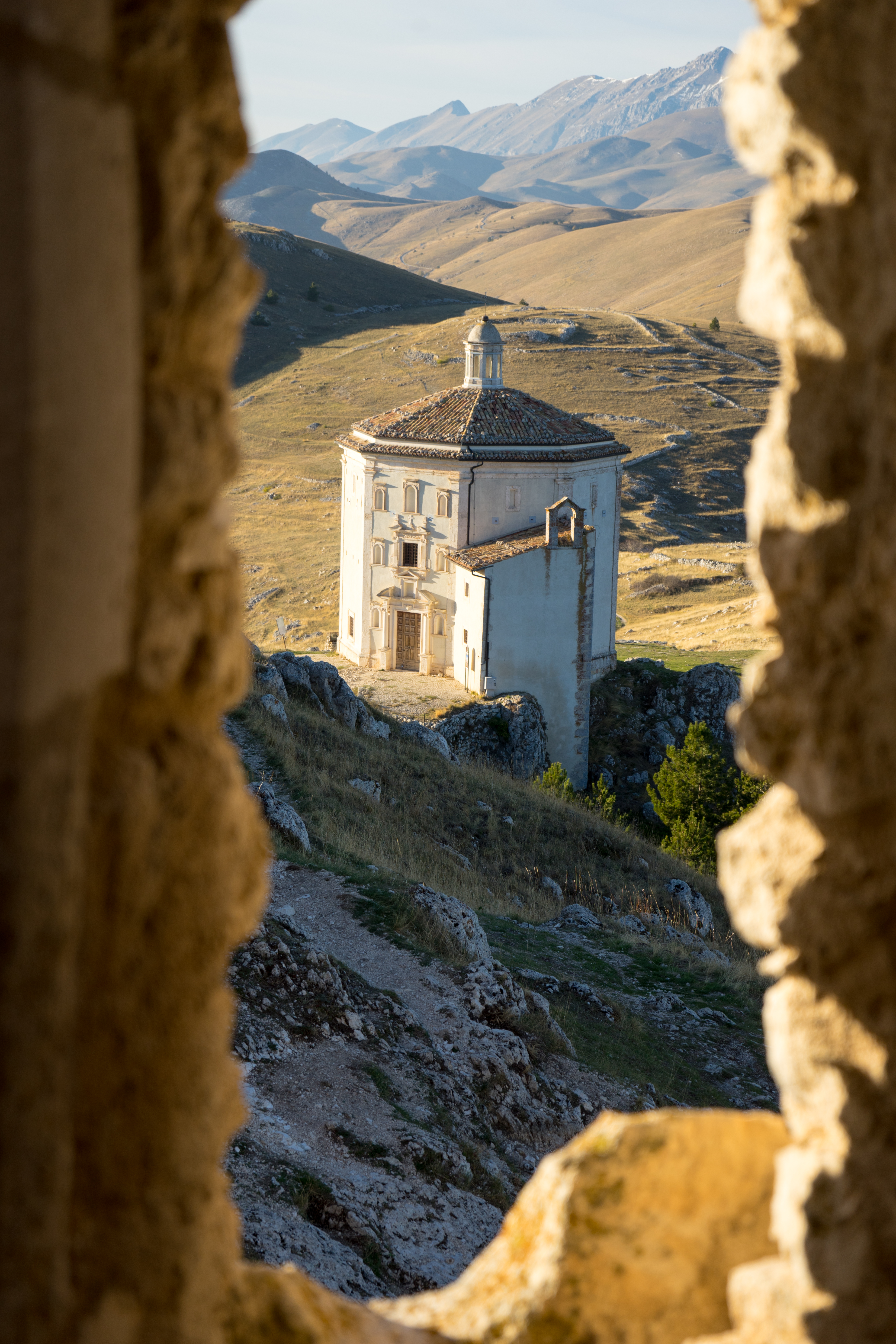
Leave a Reply